Apps have helped slash the amount of food surplus going to waste. But do they really offer a ‘win-win-win’, or are they just shifting the problem to consumers?
The chosen metric of their mission is millions of meals saved. Since Olio started life in 2015 – originally, as a WhatsApp group in a north London neighbourhood – its count has hit 100. For Too Good To Go (TGTG), which started a year later, the number is now in excess of 350.
That’s mountain-scale amounts of food diverted from the bins of supermarkets, independent stores, cafés, bakeries and restaurants into the homes of frugal and environmentally minded consumers.
“We operate a win-win-win business model – for the planet, for people and profit,” says Sid Baveja, TGTG’s vice-president of operations for central Europe, the UK and Ireland. “The TGTG concept helps solve one of the world’s biggest problems while leaving everyone a winner.”
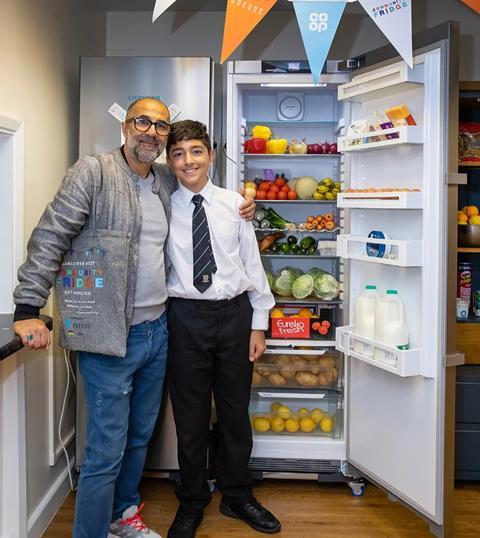
Community Fridge Network
OK, so this isn’t an app – but this network of over 700 community fridges is making a difference.
Run by community groups in schools, community centres and shops, each fridge can redistribute up to four tonnes of surplus a month, “making the collective impact of the network huge”, says creator Hubbub.
It’s now getting a funding boost via a donation per purchase of limited-edition ‘Fridge Filla’ beer, sold at The Co-op until May.
But after nearly a decade, what impact are such apps truly having on the UK’s food waste problem, estimated to be over 10 million tonnes? Are they just a way for big business to pass the buck to the consumer? And is everyone really a winner?
Supermarkets clearly win from their partnership with food waste apps. Those that work with TGTG, which sells ‘Surprise Bags’ of unsold food at a heavy discount, have the opportunity to make money on products that would otherwise be discarded.
More from The Goodness Issue:
-
The rise of food clubs and how they differ from food banks
-
How Nicola Robinson’s food sourcing alliance is taking shape
-
Can the CMA save parents from infant formula confusion?
-
Five startups transforming the future of food
“By working with us, retailers can unlock value from selling their surplus food, drive in-store footfall and reduce their food waste levels,” says Baveja. “Surprise Bags are sold at a percentage of their contents’ original retail value, allowing retailers to recoup and optimise otherwise sunk costs.”
Gander works slightly differently, by highlighting close-to-expiry food via partner channels like Olio’s consumer facing app. By connecting with a retailer’s EPoS or inventory system, reduced-to-clear products are shown to local app users in real-time, ensuring they reach the widest possible audience. “Together with Olio, we help retailers reduce financial losses by addressing the issue of unsold perishable goods,” says Stacey Williams, business development director.”
Happily for the retailers, there is a potential double win. In Gander’s and Olio’s case, 50% of shoppers coming to purchase reduced items are new to the store. What’s more, 67% of users buy full-priced items alongside the reduced lines, further increasing basket spend. Meanwhile, TGTG research finds 41% of customers buy additional items when collecting their Surprise Bags.
Even without those monetary benefits, retailers win oodles of positive PR. Tesco speaks of the “enormous achievement” of its work with Olio, diverting food “to those who need it most”. When Booths partnered with TGTG last year, it discussed its “part to play” in a “critical issue”. And when Asda extended its work with the app to nearly 1,000 sites late last year, the retailer sung the praises of the “impact” it was making.
It’s a notable win when some 72% of consumers now claim awareness of food waste, according to a Capgemini study, compared with 33% just a few years ago. Moreover, while 60% of Brits feel guilty when food is wasted in their homes, more (61%) feel upset supermarkets are not doing more to help.
End of Karma
In 2020, Swedish startup Karma revealed plans to install 50 surplus food smart fridges across London and beyond, both in stores and in public places.
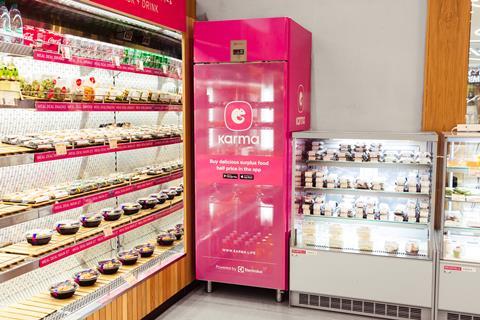
The concept was due to fill fridges with surplus and unsold food from stores and wholesalers, and sell it on to customers at a heavy discount via an app, which also unlocked the fridge.
The idea never took off. The Grocer can reveal Karma – which also connected users to stores via its app to pick up surplus stock directly – has since retreated from Europe to operate only in the Nordic region. It’s also pivoted away from its food waste aim, shifting focus to payment and ordering solutions for restaurants.
Its exit is evidence of the level of competition between food waste apps, which need a critical mass of users and partners to make a difference. Earlier this month, the European food surplus marketplaces Munch and Bonapp merged. “Why compete if we have the same goals?” said Munch co-founder Kirill Perepelica.
In many ways, the apps answer that. In some cases, they even directly supply retailers with marketing material to promote the work – while “helping them get closer to CSR and ESG targets”, says Saasha Celestial-One, COO and co-founder of Olio.
“Supermarkets are uniquely well placed to earn the appreciation/loyalty of their customers by supporting them on their food waste reduction journey,” she adds.
The bigger question is whether apps are really making a dent in the UK’s food waste problem, and meaningfully benefiting the planet.
One study, published in the Journal of Industrial Ecology in 2022, looked at all food shared via Olio in the UK over three years in terms of sum environmental benefits. It found the “benefits of food sharing are offset as users re-spend the money they saved” – commonly on more food. A 2021 University of Copenhagen paper similarly found redistribution app users “tend to re-spend the monetary savings on GHG-emitting goods such as bills, other food and travel”.
Kitche
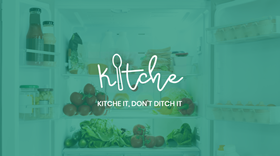
Kitche allows users to track their food purchases and cupboard contents, alerting them to products nearing best-before dates and offering relevant recipes. And since a relaunch in 2023, it now allows users to track the results of their avoided food waste in terms of water, CO2 and money saved.
Users can also create their own missions, take on challenges, and view a graph of their food waste cost versus the national average, which the business says acts as an incentive.
Meanwhile, latest figures from Wrap show 73% of the total, post-farmgate, potentially edible food waste in the UK comes from households. That’s versus just 4% from retail and 12% from hospitality.
Through the apps, retailers are now diverting 40,000 tonnes of food a year to people (as well as to charities and other redistribution efforts) instead of the bin, according to Wrap – a significant dent on the 200,000 tonnes they waste each year. But it’s barely a scratch on the 4.7 million tonnes chucked by households.
Indeed, a Parliamentary Office of Science & Technology paper last year found a “lack of evidence demonstrating the effectiveness of redistribution technologies in reducing food waste across the supply chain (not just in retail)” and that at present they ultimately deal in “relatively small quantities”.
They are, though, growing by the day. Olio’s Food Waste Heroes Programme –under which volunteers collect food from supermarkets, then store and list it on the app for people from their local communities to collect – has grown to cover 7,850 retail and catering locations in the UK each month. It now spans retailers such as Tesco, Iceland, Sainsbury’s, Asda and Waitrose, while its heroes number 125,000. “Over the past four years, we’ve had around 2,500 volunteers sign up with us per month on average,” says Celestial-One.
Growth at TGTG is also coming thick and fast. “Five years ago, we were saving about 40,000 Surprise Bags a month, now we save more than that in a single day,” Baveja reveals.
New tech solutions
And their founders remain as driven as ever. Last year, TGTG launched an AI-powered platform that helps retailers draw more margin from near-expired food.
The “modular end-to-end surplus food management solution” features several AI-based tools, from which grocers can pick and choose to better “unlock value from excess inventory. The platform now extends further across the supply chain, enabling us to reduce food waste in a technologically enabled way for businesses,” Baveja says.
Olio, meanwhile, is going beyond food. In 2023, it added functionality to allow users to sell “anything from chairs and shoes to saucepans and books”. Around a fifth of items shared on the app are now non-food, with an average of 250,000 listed each month. It’s also introduced a surplus food solution called Deals, in partnership with SaaS discounting company Gander. This helps retailers to “maximise the sell-through” of reduced-to-clear items by advertising them through a live data feed directly to Olio users in the app.
And as the user base grows, the impact on waste levels gets greater.
FoodCloud
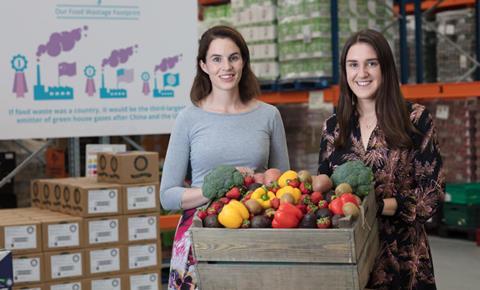
FoodCloud enables retailers to upload details of their surplus food for local community groups to collect on a daily basis.
Founded in Ireland in 2012, the app partnered with FareShare in 2015 in a pilot across 10 Tesco stores in Ireland and the UK. Dave Lewis, then Tesco CEO, described it as “potentially the biggest single step we’ve taken to cut food waste”.
It has since expanded its operations to six markets globally, including partnerships with Aldi, Lidl, Musgrave, Booker, Nando’s and KFC.
Focus group and survey-based research by Wageningen University in the Netherlands found that less than 10% of the contents of a TGTG box gets discarded by the customer.
“The TGTG concept positively contributes to food waste reduction, as most of the saved food was actually consumed,” the researchers concluded. When food was chucked, the main reasons were the product or produce was “disliked or habitually not eaten”, or spoiled, with the user fearing for their health.
Olio’s own surveys and app data finds 98% of the food redistributed by its volunteers “is ultimately eaten by families in the local community”.
Growth has come with challenges, though. When food becomes surplus, the apps are not the only ones working to access it. Charities, food banks and community groups can make good use of the goods as well, meaning care is taken to ensure they don’t work against each other.
“Access to surplus food can come with its challenges, and things like Brexit, limited supply and the cost of living crisis can impact the amount we receive,” says Sophie Tebbetts, CEO of community dining charity FoodCycle, which runs more than 100 projects per week where volunteers turn surplus food into nutritious meals for local people.
“However, as food sharing apps tend to cater for individual consumers, I wouldn’t say we’re in direct competition with them. Some of our volunteers have been innovative in using these apps to advertise our meals to potential guests, which has been really successful, and many of our guests and volunteers also use the apps on a personal basis.”
NoWaste
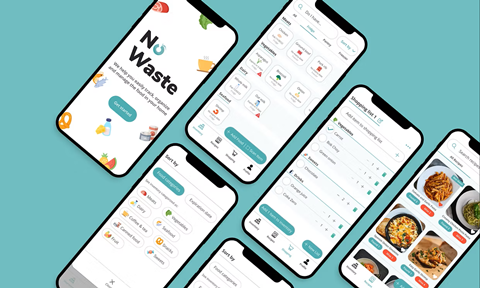
This one-man operation – created and run by developer Kasper Hjortsballe of Denmark – works in a similar way to Kitche. One distinct feature is the ability to data share between members of a household, allowing multiple users – one in the supermarket and another cooking dinner, for example – to connect their apps.
It has now introduced an AI-based chat function so users can converse with the app to see what they have in the fridge, or update their shopping list with what’s running low.
In Tesco’s case, Olio even built a “multi-level redistribution solution” that gives FareShare charities first dibs on Tesco surplus. Where charities aren’t present, have to cancel or aren’t capable of taking certain food types or quantities, Olio volunteers are instead called up to collect.
Another growing challenge for TGTG is keeping its Surprise Bags of good enough quality to retain users. TikTok is awash with content-creators variably delighted or appalled by the contents of the bags.
Beyond the metric of meals saved, though, the growth of these apps is also helping normalise food sharing and redistribution. “The popularity of food sharing apps is a positive development in encouraging individuals to cultivate more sustainable food choices,” Tebbetts adds. “We applaud any efforts to raise awareness of the impact of food waste on the planet and reduce stigma around consuming food surplus.”
Nosh

Developed during the pandemic, Nosh aims to tackle household food waste by notifying users of imminent use-by dates.
It also suggests recipes using food that needs to be used up soon and keeps shoppers on top of what’s at home so they don’t inadvertently start stockpiling when at the supermarket.
Users – who are promised they’ll never “wake up to stale milk” – need to barcode scan their shopping and tell the app where they’ll be stored, before they’re packed away.
Not that it’s job done. All the apps agree at least “one side of the food waste coin still lies with government policy,” Baveja says. “Implementing mandatory food waste reporting would be a big next step for the UK.”
The plan – backed by Labour when it was in opposition – is currently in a policy vacuum as the Treasury looks to prioritise growth. It is currently blocking any policies seen to increase red tape for business.
“While successive governments have promised to act on food waste, the really impactful actions have yet to be taken,” Baveja says.
Celestial-One agrees. “We feel passionately that mandatory food waste reporting would be a game-changing development for reducing food waste at a retail level. We’ve got our fingers crossed that it will happen under this government.
In the meantime, though, the food waste apps are doing their bit. As Celestial-One puts it: “Together, we’re proving that stopping food waste at scale is possible.”

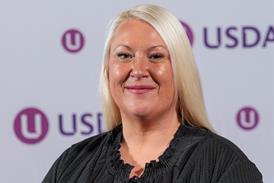
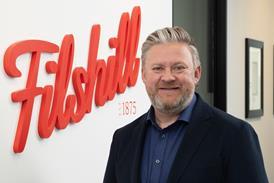
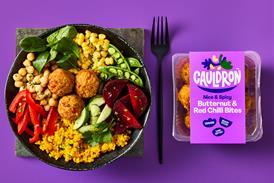
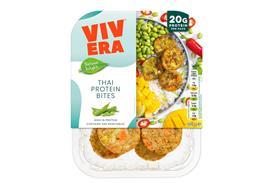
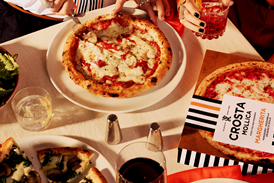

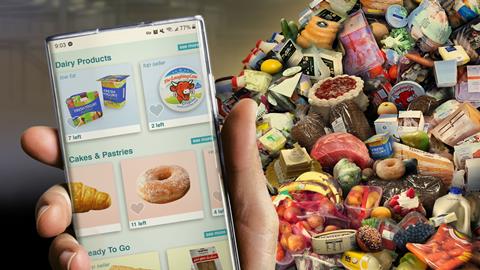


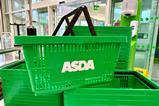




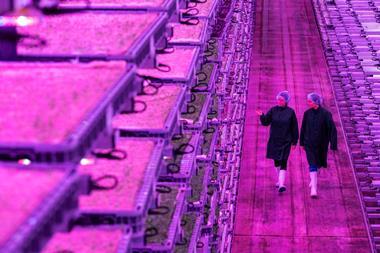

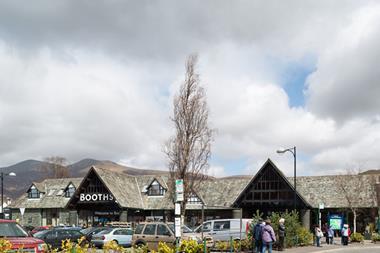

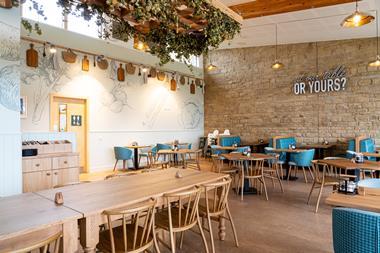
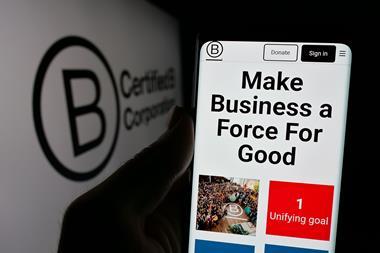


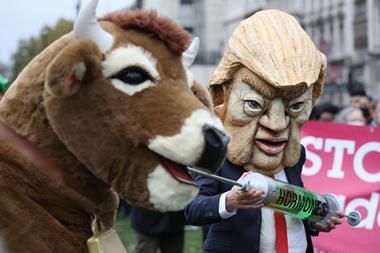
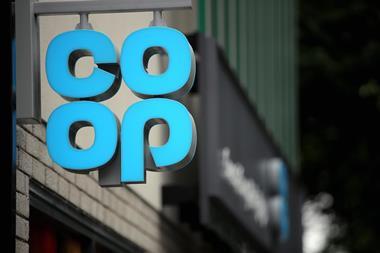
No comments yet